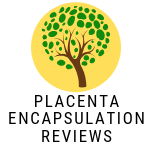Share with us your experience on consuming placenta after birth
9 Things To Do With The Placenta After Birth.
When one has been trying to conceive for a long time and when it finally happens. For some women, thinking of what to do with the placenta, is the last thing 0n their radar. However, during my journey, I have encountered passionate and strong-minded women who have plans with their placenta. A Placenta is a temporary organ in the uterus of a pregnant mammal which nourishes the fetus through the umbilical cord.
What to do with your placenta after childbirth
There are different things you can use your baby’s placenta for after delivery and these are
1. Saving Placenta & Cord blood for stem cells
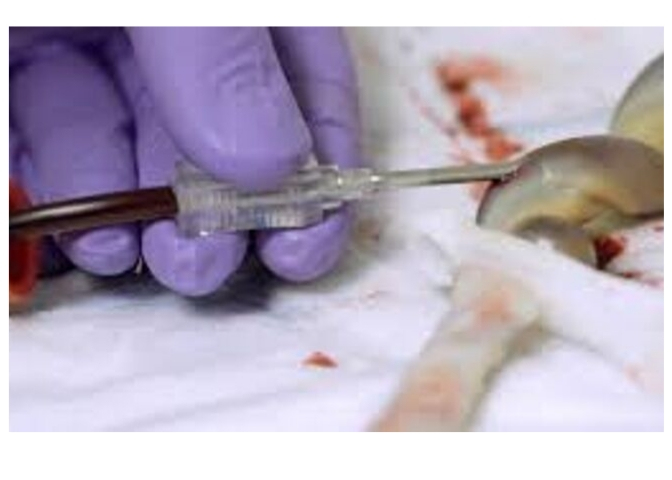 After the baby is born, some amount of blood is still retained in the placenta. This placental blood and even the tissues that make up the placenta are made from stem cells. But, just what are these stem cells anyway?
After the baby is born, some amount of blood is still retained in the placenta. This placental blood and even the tissues that make up the placenta are made from stem cells. But, just what are these stem cells anyway?
Stem cells are precursor cells; cells that can differentiate and form other cells. They can also divide and form more of the originator stem cells, therefore, they can regenerate and repair damaged tissue. Stem cells are revolutionary as they have found use in the treatment of many otherwise untreatable conditions. Conditions relating to blood and bone marrow disorders e.g. sickle cell disease, and even cancer treatment have found a headway due to stem cells.
Also, new research into using stem cells to cure cardiovascular disorders, brain disorders e.g. parkinsonism, type 1 diabetes, etc. are being delved into. This is indeed an exciting aspect of healthcare and is already showing plenty of promise.
It is even possible that a baby’s stem cell from his placenta is the solution to a medical condition of one of the parents. Being that the stem cell comes from his/her offspring, there is less chance of it being rejected when used in treatment for the patient. Therefore, saving the placenta might have more benefits than you could even imagine.
The placenta usually gives rise to the umbilical cord and both of them are usually filled with blood as mentioned earlier. This fluid found in the cord is filled with 10× more stem cell than that of the typical bone marrow and can be stored and used at a later time for science. Baby cord blood preservation is done cryogenically and can be stored indefinitely in this condition.
If you have any family history of genetic conditions such as Leukaemia, Type 1 Diabetes or Parkinson saving your cord and placenta blood could help your baby in the long run. You do need to make that decision well in advance during the antenatal period. In depending with where you live for example in America you can visit www.cordblood.com and www.acog.org for more information. Usually, they will have a representative staff member who comes to be present during the time you give birth. Once the baby is born, he or she will collect blood all the blood from the placenta and cord before it clots. She also collects the placenta. The stems cells are then stored until required. Depending on the size of the cord and how healthy cord was, approximately 60ml can be collected. Also, bear in mind this is not a free service. There is some cost involved.
This cord blood can be used to save lives and treat diseases, much like the stem cells of the placental tissues. Extensive research is being done into their use in medicine and donating cord blood would help with this research.
2. Eating your placenta (placentophagy)
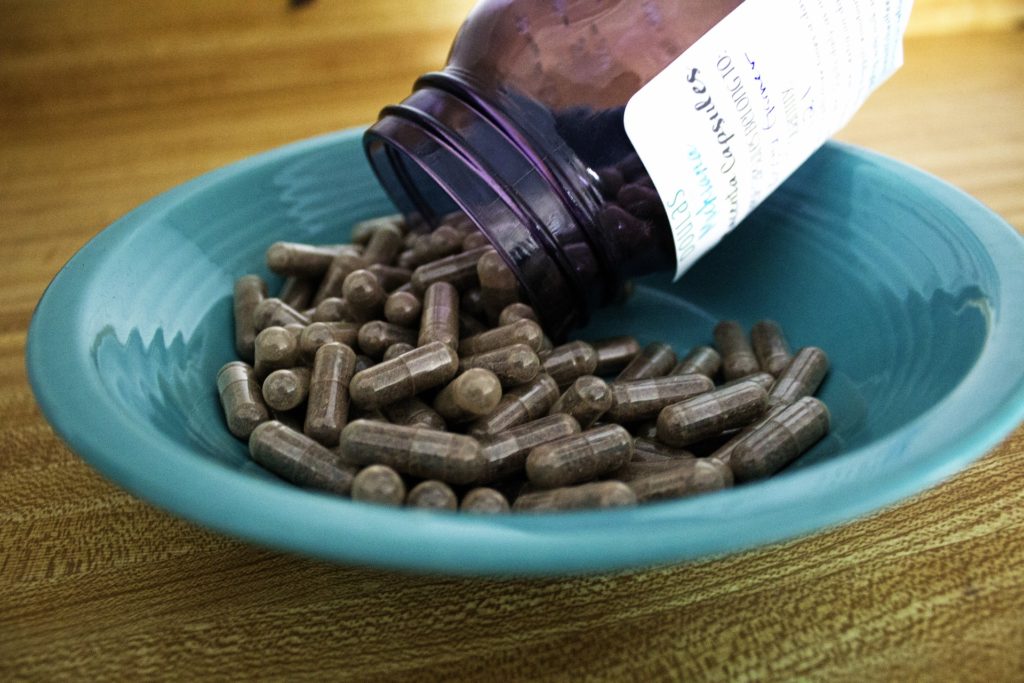
Among non-human mammals, it has been observed that the mothers eat the placenta of their offspring immediately after they are born. Two reasons have been postulated for this occurrence
The mother is trying to erase the newborn’s scent and protect it from predators who would take advantage of this newly born and weak animal.
The mother is eating the placenta to gain some hormonal benefits from it and handle lactation properly.
This second reason has supposedly been the inspiration for a lot of women eating the placenta of their baby. Most people claim that eating this placenta helps to cure postpartum depression, improve lactation, increase their energy and make them feel better about themselves. Even though there has still been no scientific backing to these claims, placentophagy has become increasingly popular. Celebrities who have practised this and made it much more popular are Kim Kardashian West and Tia Mowry.
Only the very brave-hearted woman would attempt to eat it raw as most would prefer it be prepared in a more acceptable form. Heating it to remove all possible pathogens from the blood is one of the foremost ideal practice. The best means of preparing it is either by grilling, freeze-drying, making it into a smoothie or encapsulating. The encapsulated placenta is usually the most common form and its production is being made into a successful industry on its own.
Concerns with eating the placenta are because the heat used to prepare it may not be able to destroy the hormones and heavy metals found on the placenta. Therefore, most people who eat their placenta complain of headache which can be traced to a heavy metal called cadmium that is found in the placenta.
3. Donate Cord Blood
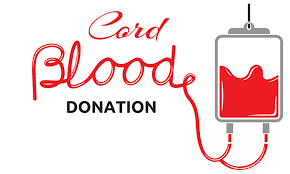
This is also a great way to help other families in need of cord stem cells. One needs to plan this during pregnancy so the person to collect the cord blood is around during childbirth. In this case, the person collects the blood from the placenta and cord. You still can keep your placenta if you want. In my opinion, is a humanitarian way. Instead of washing the blood away from the drain or bin why not save other sick kids?
Donate Placenta
If you have no intentions of taking your placenta home at all. Instead of the placenta being throw in the hospital hazardous bin and incinerated. Why not donate your placenta? There is no cost involved. Just contact the cord banking organisation in your state or country. You will still be able to do other things with your placenta.
4. Plant it with a tree
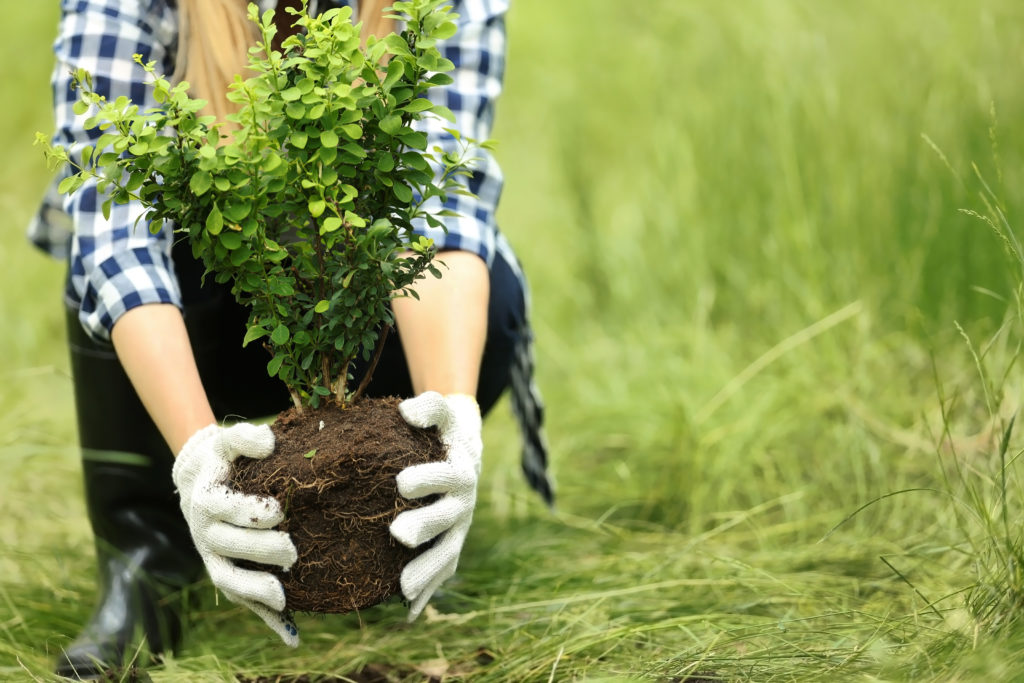
Most people now plant the placenta, signifying a link between the child, and growth. They take the placenta home, bury it 4-6 inches into the soil, and then plant the tree above it. You should give the placenta about a year before planting a tree above it. This would give enough time for the placenta to decompose and release nutrient before the root of the plant hits it. On a more positive note, the placenta is a very rich source of the nutrient.
In this situation, planting a tree using a placenta gives a beautiful message of how growth occurs from a new life.
5. Bury the placenta
In Islam and some other cultures like the Navajo Indians and New Zealand’s Maori, the placenta is not planted but is instead buried to signify the correlation between the baby and earth. This may be explained by the Quranic verse “ from the earth did We create you and into it, We shall return you”, Quran 20: 55. So if this seems like a viable reason to you, then why not bury the placenta and dedicate a life source back to the earth?
6. Make it into an artistic statement
This may sound a little weird, but do you know you could wear your placenta? Yes, really. Not anyone’s first choice but certainly something you can do with your placenta. And there are a lot of ideas on how to turn the placenta into a fashion statement and these include
Jewellery like pendants, drop earrings and beaded chains.
Have a shirt with the placenta fluid used to make designs on it. A little cringe-worthy but worth it with a good design.
Artistic prints such as designs and frameworks can be made with the placenta. Imagine making a “family tree” or “tree of life” design with the placenta surface. The placenta is popularly called the tree of life because of the striations observed on it so this print is usually the most common and easiest to achieve.
In this case, let your artistic mind roam freely and decide what you want to create.
7. Make a placenta skin powder
Your placenta is just a gift that keeps giving. A new trend with placenta use is that it can be turned to powder and applied to the skin. This preparation when mixed as an ingredient into homemade cream adds additional properties of skin healing and stretch mark removal. It has also been said to heal sores, reduce scars and heal cracked nipples. Talk about a magic cream.
8. Turn it into a teddy bear
A dried but soft version of the placenta can be made into a believable teddy bear that you can cuddle up to with memories of your childbirth. To achieve this, several steps have to be followed
Cut your placenta into half: This would increase the surface area of the placenta to be worked on and provide the pieces that would eventually be manipulated to make up the bear.
Rub it with sea salt: Sea salt improves the texture of surfaces, and would usually hydrate and moisten the placenta surface.
Dry it: this would remove any excess sea salt and water. Drying the placenta would reduce excess water and moisture that can become a medium for microbial growth.
Treat it with an emulsified mixture of tannin and egg yolk: This would make the placenta as soft as required for a squishy teddy bear.
The only thing remaining now is to stuff the placenta with silk cotton or any other suitable material and sew it back up.
And voila, your homemade placental bear is ready to hug and comfort you as you wish.
9.Leaving it to be incinerated
We have gone full circle and arrived back at the beginning; why not just leave the placenta at the hospital? It is quite a nostalgic moment to hold your child and keeping the important organ which ensured your safe delivery might be seen as a good thing. But that is not very important and in fact, the best solution would be to get rid of it properly.
Usually, the hospital knows the best way to dispose of the placenta. These are some steps hospitals are supposed to take with the disposal of the placenta.
First, the placenta is kept in a biohazard bag. Placenta from a healthy mother is not known to be infectious but until its status is determined, the placenta would be treated as such.
Next, the placenta may be stored in the hospital for some time in case some pathology tests and screenings are required of it.
Subsequently, however, the placenta, along with other medical waste-derived during surgery are placed in a truck and taken away from the hospital for proper disposal. In some cases, the placenta may be incinerated at the hospital site.
From the different things that you can do with your placenta after birth, it is important to note the risks and prepare adequately for them. Donating the cord blood and placenta to science is not such a bad idea as you are making the world a better place for you and even your baby. Doesn’t that just warm your heart?
